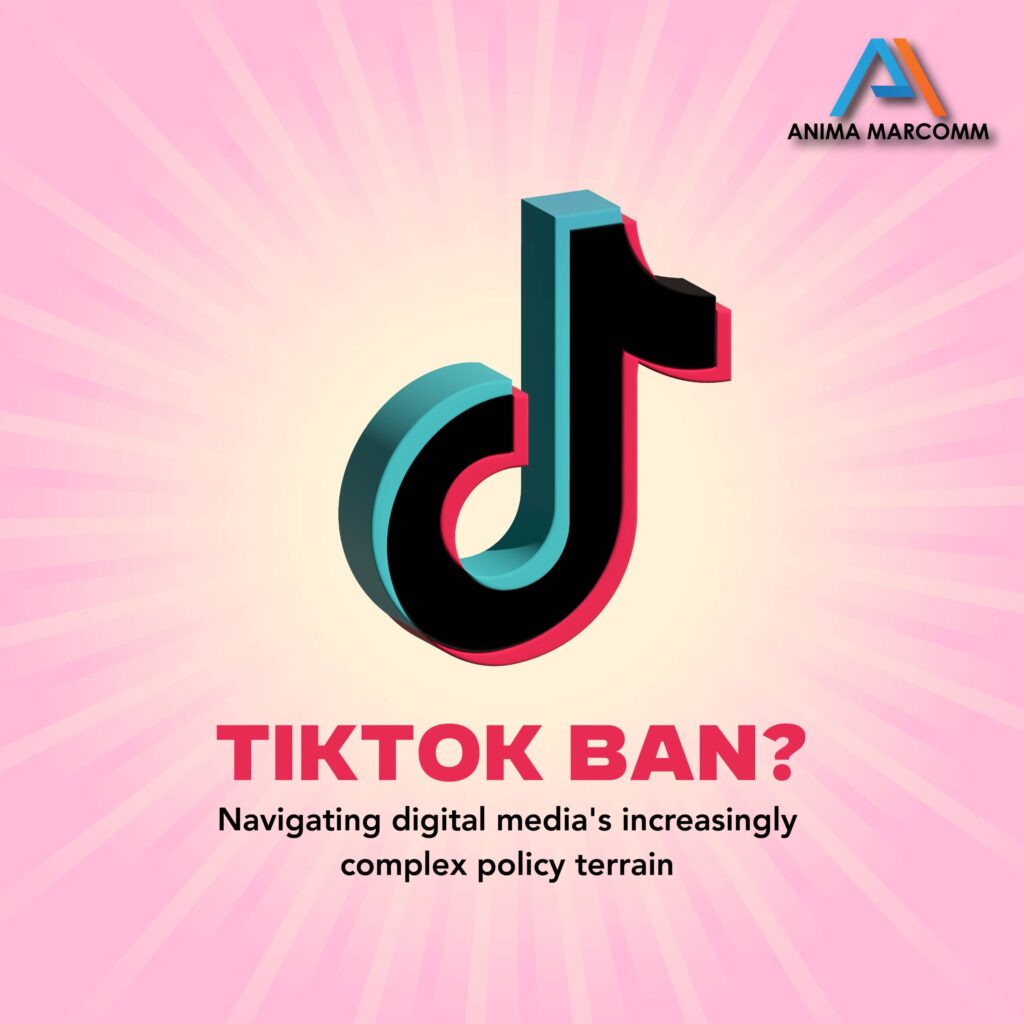In today’s interconnected world, where social media platforms serve as vital channels for communication and expression, the juncture of modern public relations (PR) and a nation’s digital media policies has become increasingly pronounced. Recent developments, such as President Joe Biden’s signing of a bill aimed at addressing concerns surrounding TikTok, emphasize the significant impact of digital media regulations on the PR world.
The legislation, which mandates ByteDance to divest TikTok within a year or face a ban in the United States, highlights the intricate relationship between technology, geopolitics, and corporate interests. The potential repercussions of such regulatory measures extend far beyond the realm of tech giants like Meta, Alphabet, and Oracle, as they have the potential to reshape the digital media sphere and influence PR strategies on a global scale.
Social media platforms have emerged as powerful tools for communication and community-building, enabling individuals and organizations to amplify their voices and connect with audiences on a unprecedented scale. From disseminating information to encouraging engagement and driving advocacy, social media plays a pivotal role in shaping public perception and driving narratives. As such, any regulatory actions taken by governments to oversee these platforms inevitably impact the strategies and tactics employed by PR professionals.
In the face of evolving digital media policies, PR and communications experts are tasked with navigating a complex and ever-changing landscape. Whether it involves adapting messaging to comply with new regulations, mitigating reputational risks in the face of potential bans or restrictions, or leveraging alternative platforms and channels to reach target audiences, PR professionals must remain agile and proactive in their approach.

Furthermore, the symbiotic relationship between PR and digital media policies accentuates the critical role of communication in the process of nation-building. As governments seek to strike a balance between devising innovation, safeguarding national security, and protecting user privacy, effective communication becomes paramount in ensuring transparency, accountability, and public trust.
Ultimately, the interplay between modern PR practices and national digital media policies reflects the broader dynamics of power, influence, and governance in the digital age. As technology continues to progress and societies grapple with the implications of an increasingly interconnected world, the role of PR in building public discourse and driving meaningful engagement remains as crucial as ever. In tackling the digital divide, PR professionals must embrace innovation, adaptability, and a commitment to ethical communication to effectively navigate the complex intersection of media, policy, and public perception.







